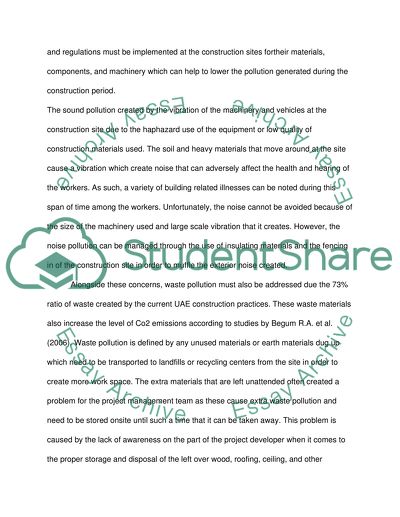Cite this document
(“Elaborate sustainable solutions on how to reduce construction waste Essay”, n.d.)
Elaborate sustainable solutions on how to reduce construction waste Essay. Retrieved from https://studentshare.org/engineering-and-construction/1679440-elaborate-sustainable-solutions-on-how-to-reduce-construction-waste-during-construction-sites-in-united-arab-emirates
Elaborate sustainable solutions on how to reduce construction waste Essay. Retrieved from https://studentshare.org/engineering-and-construction/1679440-elaborate-sustainable-solutions-on-how-to-reduce-construction-waste-during-construction-sites-in-united-arab-emirates
(Elaborate Sustainable Solutions on How to Reduce Construction Waste Essay)
Elaborate Sustainable Solutions on How to Reduce Construction Waste Essay. https://studentshare.org/engineering-and-construction/1679440-elaborate-sustainable-solutions-on-how-to-reduce-construction-waste-during-construction-sites-in-united-arab-emirates.
Elaborate Sustainable Solutions on How to Reduce Construction Waste Essay. https://studentshare.org/engineering-and-construction/1679440-elaborate-sustainable-solutions-on-how-to-reduce-construction-waste-during-construction-sites-in-united-arab-emirates.
“Elaborate Sustainable Solutions on How to Reduce Construction Waste Essay”, n.d. https://studentshare.org/engineering-and-construction/1679440-elaborate-sustainable-solutions-on-how-to-reduce-construction-waste-during-construction-sites-in-united-arab-emirates.


